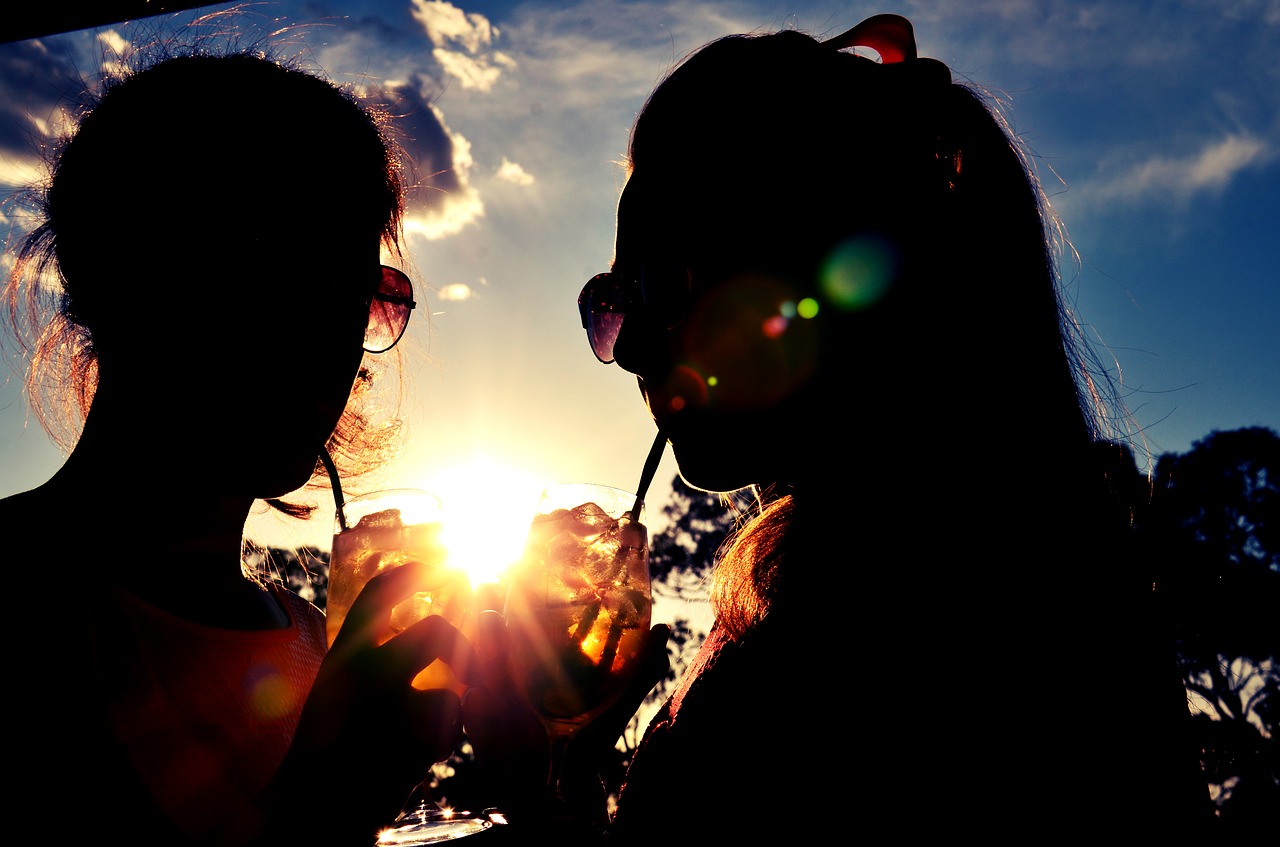Gangnam after dark hums with thousands of tiny melodies. From main roads to basement hideaways, every block seems to carry a familiar echo—someone belting the chorus of a chart-topping ballad. Travelers and locals treat the microphone almost as a passport, moving freely among singing rooms that sparkle with LED ceilings and high-tech sound systems. The scene did not sprout overnight. It grew, track by track, from modest tape players in the 1980s to today’s luxury lounges. Understanding that growth helps explain why karaoke 강남 미러룸 defines Seoul’s most famous district.
Early Singing Booths and the Rise of the Noraebang
The first commercial noraebang—literally “song room”—opened in the late 1980s, roughly a decade after cassette culture began to change home entertainment in South Korea. Gangnam, still under rapid construction, offered inexpensive basement spaces that entrepreneurs converted into private booths. Each room held a small player, wired microphones, and laminated books filled with Korean trot and Japanese pop. Word of mouth traveled fast among university students who wanted privacy without purchasing expensive drinks at Western-style bars. As landlords noticed steady late-night traffic, they gave discounts to tenants willing to install extra soundproofing. That decision created a local feedback loop: better insulation meant higher volume limits, which pulled louder singers and larger groups into the neighborhood.
During the 1990s, Gangnam’s average household income surpassed other Seoul districts, and spending on leisure rose with it. Noraebang operators replaced cassette decks with laser discs, added tambourines, and upgraded song catalogues monthly to keep pace with an expanding K-pop industry. The business model remained simple but profitable: charge by the hour, place an order button for snacks and beer, and rely on regular updates to motivate return visits. The format’s flexibility appealed to office workers celebrating project milestones, couples on first dates, and teenagers finishing cram-school sessions. Karaoke became the district’s common denominator.
From Coin-Operated Rooms to Luxury Lounges
By 2005, property prices limited entry for small operators, yet demand still grew. Coin noraebang emerged as a solution: compact booths where singers feed small change into a machine for one or two songs. These kiosks fit inside arcades and near subway exits, creating a quick fix for shy performers. At the opposite end of the market, premium lounges introduced stage lighting, bottle service, and rentable costumes. One venue on Teheran-ro even imported a British studio microphone used by Adele and advertised it as a selling point. Whether cheap or lavish, each format underlined karaoke’s core appeal: personal control over music in a semi-private space.
Music as Social Glue
Culture researchers say karaoke succeeds in Gangnam because it balances collectivism and individual expression. A singer may stand alone, yet friends handle tambourines, control remotes, or film short clips for social media. The ritual meets the need for group belonging without forcing every participant to drink alcohol or dance. South Korea’s mandatory military service and hierarchical office culture often restrict methods of relaxation, but a song room levels status gaps. Even the CEO must wait in line for a turn. Observers note that Western visitors often leave surprised by the absence of public judgment; off-key notes usually end in laughter rather than embarrassment.
Economic Impact on Gangnam Night Trade
Karaoke influences surrounding businesses in measurable ways. Food vendors near Gangnam Station stay open past 3 a.m., timing fresh tteokbokki batches to match late-night song breaks. Taxi companies schedule extra drivers on Friday nights because noraebang sessions usually finish after the last subway. Tech suppliers profit too: touch-screen catalogues, voice-modulation chips, and cloud-based track libraries all originate from local startups. In 2024, the Korea Culture and Tourism Institute estimated that karaoke generated ₩1.7 trillion in direct revenue nationwide, with Gangnam accounting for nearly fifteen percent. Those earnings ripple outward, supporting cleaning services, graphic designers, and part-time university staff who host at luxury rooms.
What Lies Ahead for the Microphone Culture
The scene continues to shift. Several chains now experiment with AI-powered scoring that adapts to vocal range, providing fairer grades for low-volume singers. Augmented-reality lenses cast butterflies or laser flares on walls when a chorus peaks. Operators also roll out non-alcoholic cocktail menus in response to changing health priorities among young professionals. City planners working on the upcoming Yeongdong-daero deck—a massive green corridor slated to finish in 2027—have reserved spaces for live busking that may direct more foot traffic toward nearby karaoke basements. While formats will change, one constant remains: Gangnam residents still treat a microphone as a friendly invitation, not a spotlight best avoided.
That friendly invitation may be the district’s clearest unofficial greeting. Visitors often arrive expecting luxury malls and leave with a duet stuck in their heads. Karaoke offers both a soundtrack and a map, guiding patrons through neon alleys and unexpected friendships. As long as Seoul’s hit makers continue to export catchy hooks, and as long as people enjoy hearing their own voices echo through a padded booth, Gangnam will keep singing well past sunrise.





